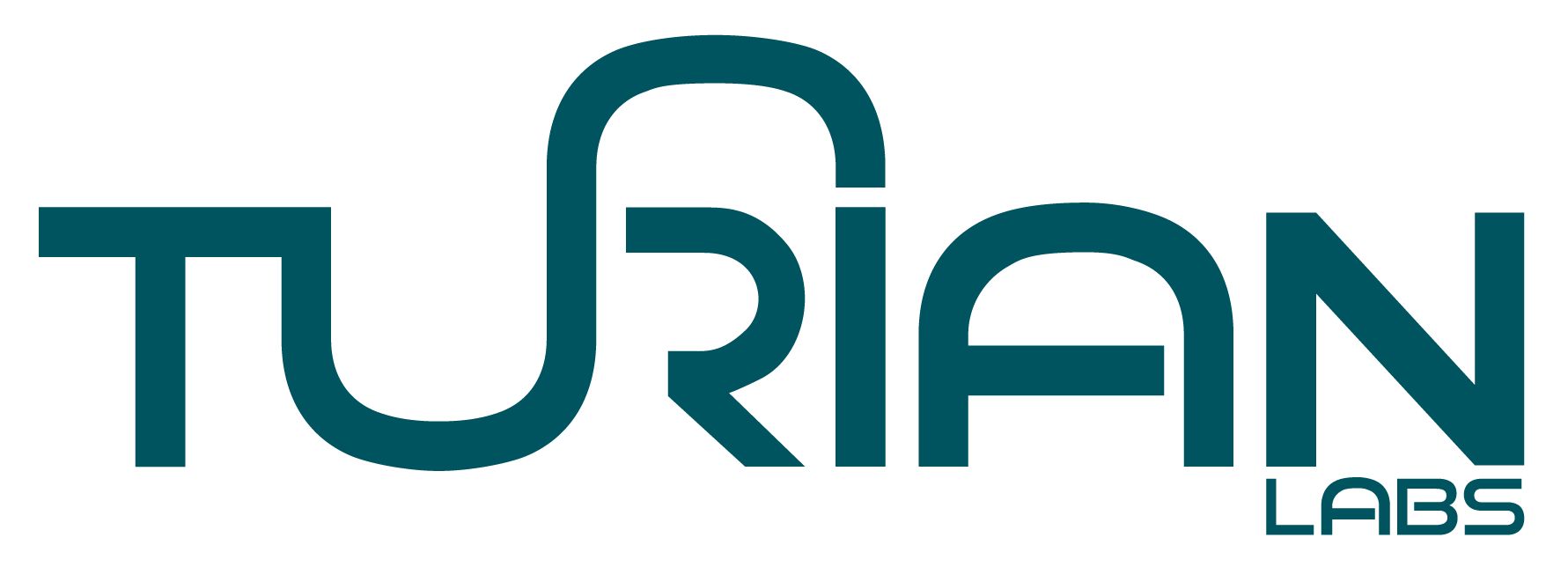Beyond Empathy: Introducing Kedging - A Technique for Future Proofing Innovation
Turian Labs has figured out ‘Kedging’ as a process for future proofing your innovation strategy. Kedging is derived from nautical engineering and it refers to pulling a ship away from the shore, when it gets stuck in shallow waters, by throwing an anchor far into the sea and pulling the ship towards the anchor. Social and technology megatrends act as an ‘anchor for the future’ for the business. It means ‘anticipating the mind’ of the customer, also referred to as ‘anticipatory design’ in design parlance.
As the Design Thinking pitch rages on, businesses around the world need to understand new nuances of ‘customer centricity’ through ‘empathy’. Gone are the days when you can ASK a customer what he/she wants. Today the business reality is so complex that ‘briefs’ and ‘RFQs’ are just pointers to the ‘intent’ of what a customer wants. And to think, a car would never be invented if ‘customer voice’ for a ‘faster horse’ was heard, or the legendary iPhone, would still be playing second fiddle to an even more legendary, erstwhile Nokia.
Traditional market research relies too much on what people/customers are ‘saying’, and brings no more clarity to the situation despite all the noise around big-data analytics. We all have seen the case of last American presidential elections and are aware about what the research had predicted. There must be something more to this science of sensing beyond ‘conducting market research’ and ‘listening to customers’ voice’. This is where Turian Labs brings in the differentiator; We have been using a methodology called Kedging, which anticipates what your customer would ‘want in future’.
Anticipatory design eliminates the need for ‘asking’ or narrows the cone of convergence. This would bring in new ‘affordances’ rather than an incremental change i.e. if we know that ‘swipe’ action or ‘Tindering’ is a part of ‘simplification’ megatrend, it should be ‘pushed’ before customers demand it. Those who are not familiar with the ‘left swipe/right swipe’ wouldn’t be able to articulate the benefits or the experience. It will be pleasantly accepted by the ahead-of-the-curve customers when presented with this ‘swipe’ interaction in a concept-validation round of research. The researcher or the designer has to take a leap of faith here when the numbers may not even show up as a majority in the research. And this is where a leap-of-faith is aided by Kedging.
In one such case, when we were conducting a Kedging workshop with the executives of a power-generator-manufacturing company, the participants came up with an idea of ‘Energy Arena’ in the customer premises, which dematerialized their product and aimed to build a brand around consumer-engagement through health and energy awareness. This was the power of megatrend-based co-creation where a team of engineers could think beyond ‘IoT’ solutions which usually dominates any innovation work. The management was pleasantly surprised at the output of their own teams.
It is clear that Kedging technique requires mapping megatrends in context of the organisation and then a workshop to co-create with the stakeholders, who have already been primed into the context. A good way to prime the team is by sharing findings from the empathic research, with evidences, palletised into readable chunks. Sharing the relevant megatrends, as ‘trend-cards’, helps team push their imagination unruffled by a ‘feasibility’ angle. So, a primed team, tries to answer the different facets of a question or problem through different megatrends, in a given time slot. In the spirit of Design Thinking, all ideation is kept at the visual (doodles, anecdotes, collage) and this makes it easy for everyone to contribute.
Kedging is not a substitute for market research or big-data analytics. But this is an overarching tool that uses the inputs from the previous two. Kedging contributes to the process in two ways –
The whole process of ideation becomes collaborative and no further convincing needed, if all the stakeholders are present
It opens the mind into unknown arena as the insights are harvested across different domains.
In the world where disruption is becoming order of the day, we need tools and methods to overcome the uncertainty hovering around us. Linear arguments and evidences can no longer be called a ‘strategy’. Kedging provides the requisite ‘evidence based’ leap in strategy that can result in true Blue Ocean opportunities.

